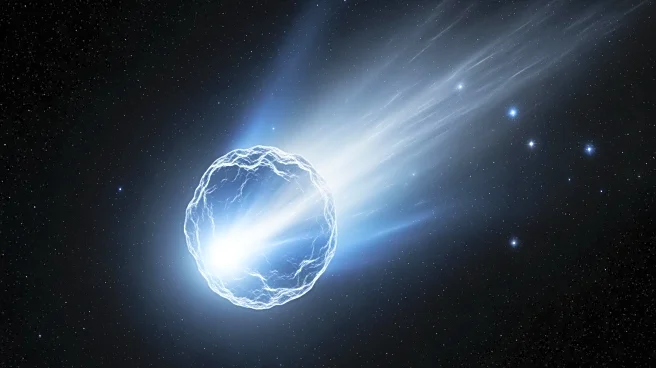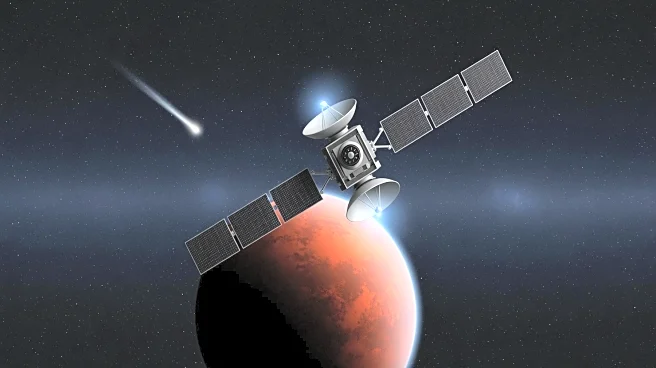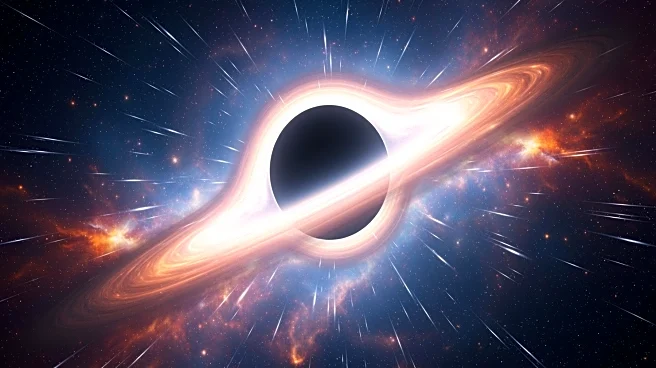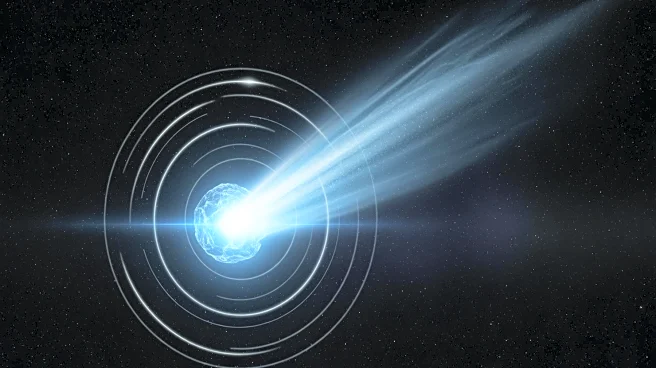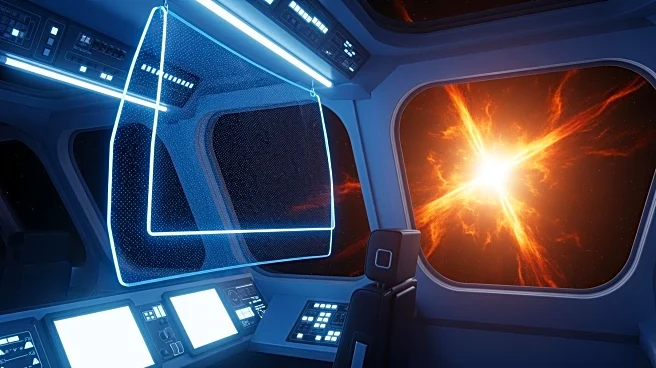What's Happening?
An international team of physicists, including researchers from Washington University in St. Louis, has utilized the balloon-borne telescope XL-Calibur to gather new data on the black hole Cygnus X-1,
located approximately 7,000 light-years from Earth. The telescope, launched from Sweden in July 2024, measured the polarization of hard X-rays emitted by the black hole, providing the most precise data to date on the orientation of electromagnetic field vibrations near a black hole. These observations are expected to enhance computer models that simulate the physical processes occurring close to black holes, offering deeper insights into how matter and energy behave in these extreme environments.
Why It's Important?
The findings from the XL-Calibur telescope are significant as they contribute to the understanding of black hole physics, particularly the behavior of matter and energy in the vicinity of black holes. This research could lead to advancements in theoretical models and simulations, potentially solving longstanding questions about black hole dynamics. The precise measurements of X-ray polarization are crucial for understanding the shape and behavior of the hot gas and material orbiting black holes, which can inform future studies and technological developments in astrophysics.
What's Next?
The research team plans to continue their observations with XL-Calibur, aiming to study additional black holes and neutron stars during a future mission from Antarctica in 2027. These efforts, combined with data from NASA satellites like IXPE, may provide enough information to address unresolved questions in black hole physics over the coming years. The collaboration involves multiple international research institutes, indicating ongoing global efforts to advance the field of astrophysics.


